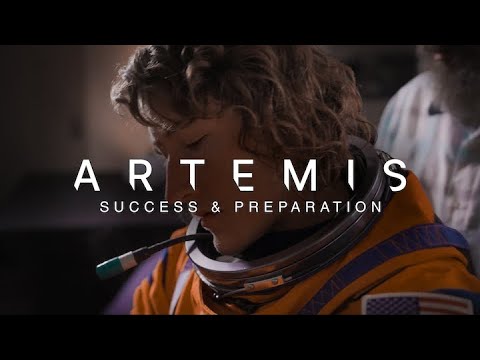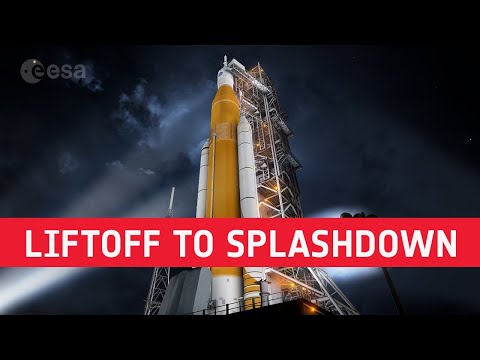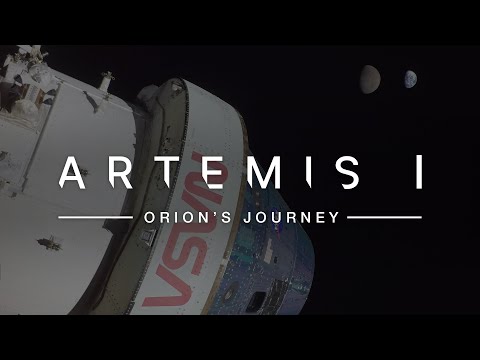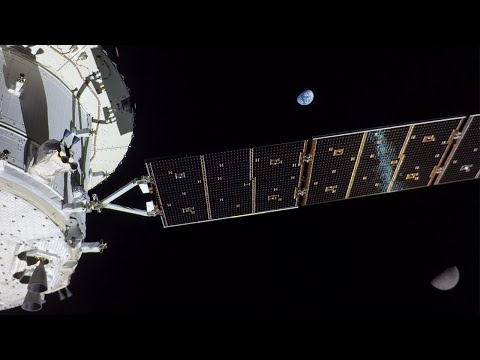At 1:47 a.m. EST (6:47 UTC) on Nov. 16, 2022, NASA’s Orion spacecraft launched atop the SLS (Space Launch System) rocket from historic Launch Pad 39B at NASA’s Kennedy Space Center in Florida on a path to the Moon, officially beginning the Artemis I mission.
Over the course of 25.5 days, Orion performed two lunar flybys, coming within 80 miles (129 kilometers) of the lunar surface. At its farthest distance during the mission, Orion traveled nearly 270,000 miles (435,000 kilometers) from our home planet. On Dec. 11, 2022, NASA’s Orion spacecraft successfully completed a parachute-assisted splashdown in the Pacific Ocean at 9:40 a.m. PST (12:40 p.m. EST) as the final major milestone of the Artemis I mission.
Artemis I set new performance records, exceeded efficiency expectations, and established new safety baselines for humans in deep space. This is a prelude to what comes next—following the success of Artemis I, human beings will fly around the Moon on Artemis II.
We have demonstrated our ability to go farther and faster than ever before, opening the door to explore Mars and other destinations throughout the solar system. This is the story of Artemis I.
Writer and Director: Paul Wizikowski
Director of Photography and Editor: Phil Sexton
Producers: Barbara Zelon and Lisa Allen
Credit: NASA





Leave a Reply